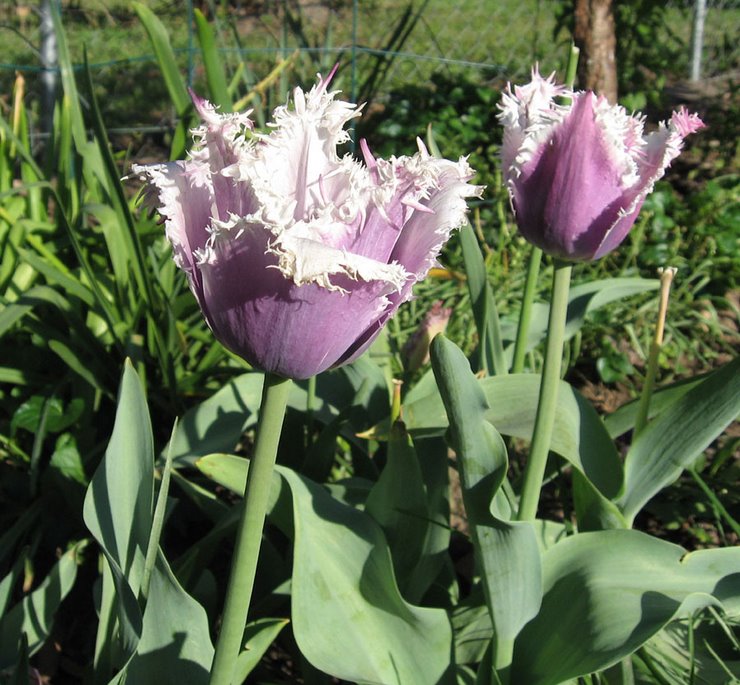 |
| First sunflower of the year |
Last year was the first time I'd grown sunflowers. A friend and her husband had started sunflower seedlings, and had far to many plants when it came time to put them in the ground, so they shared with me. The plants grew to an average of 5-6 feet tall, which made a nice blooming privacy fence. I was also interested in the potential for feeding birds. The neighborhood birds and squirrels did seem to appreciate them.
What I hadn't expected was the huge number of volunteer seedlings this spring, all over the fence area and the adjacent raised garden beds. I had to pull out loads of them, and I still have a nice thick row along the fence again this year. Any thin spots in the row I filled in by transplanting some from the veggie beds. They looked pathetic the first few days, but then took hold and are thriving.
- - - - - - - - - - - - - - - - - - - - - - - - - - - - - - - - - - - - - - -
The Ogren Plant Allergy Scale rates the allergy potential of a plant, but of course does not indicate whether you or anyone else actually is allergic to it. In this scale, 1 is the best rating, with the least potential to cause allergic reactions; and 10 is the worst rating, with the most potential to cause allergic reactions. Sunflowers are rated 5, so they are a moderate allergy risk. They are closely related to ragweed, and Ogren states that cross-allergenic reactions are not uncommon. Since I am allergic to ragweed, I am using some caution with growing sunflowers.
Hybrid sunflowers are available that are listed as pollen-less. Those would be a better choice for me than the volunteer plants, which will have reverted to the basic ancestral plant, and could cause allergy problems. My sunflower border this year is a mix of some pollen-free plants I started from seed, and some of the volunteer plants.

No comments:
Post a Comment